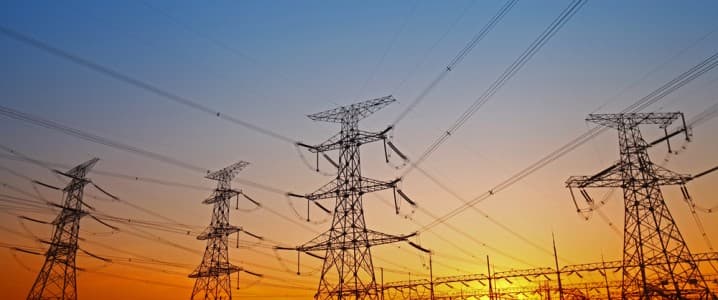SSE, a major energy company and renewable projects developer in the UK, is reducing spending on renewables in its five-year plan to 2027 by $2 billion (£1.5 billion) “in a changing macro environment,” in yet another blow to Britain’s clean energy ambitions.
SSE said on Wednesday that it is reducing its five-year investment expectations by $4 billion (£3 billion) to around $23.4 billion (£17.5 billion). Of the $4 billion reduction in the updated plan, $2 billion is in the renewables business and the other $2 billion is reduced investment in transmission and thermal power.
The cut to investments is “reflecting financial discipline in a changing macro environment across the energy businesses and consent phasing in networks,” SSE said.
Around 90% of this investment plan is currently committed, but the remainder is subject to delay or potentially even cancellation if the right investment conditions do not emerge, the company added.
While SSE Renewables has significantly grown installed capacity and output over the last few years, the changing macroeconomic environment and wider delays to planning processes mean the group has reduced its near-term capital investment expectations.
“As a result, it is unlikely to meet its ambitious goal of 50 TWh Renewable generation output by 2030,” SSE said.
The warning from SSE comes weeks after Orsted, the world’s biggest offshore wind project developer, announced it had decided to discontinue the development of the Hornsea 4 offshore wind project in the UK in its current form.
“The combination of increased supply chain costs, higher interest rates, and increased execution risk have deteriorated the expected value creation of the project,” said Rasmus Errboe, Group President and CEO of Ørsted.
“The adverse macroeconomic developments, continued supply chain challenges, and increased execution, market and operational risks have eroded the value creation,” Errboe added.
Ørsted reiterated its confidence in the offshore wind industry in the long term, but noted deteriorated short-term prospects, due to higher costs and increased regulatory risks.
By Charles Kennedy for Oilprice.com
More Top Reads From Oilprice.com





